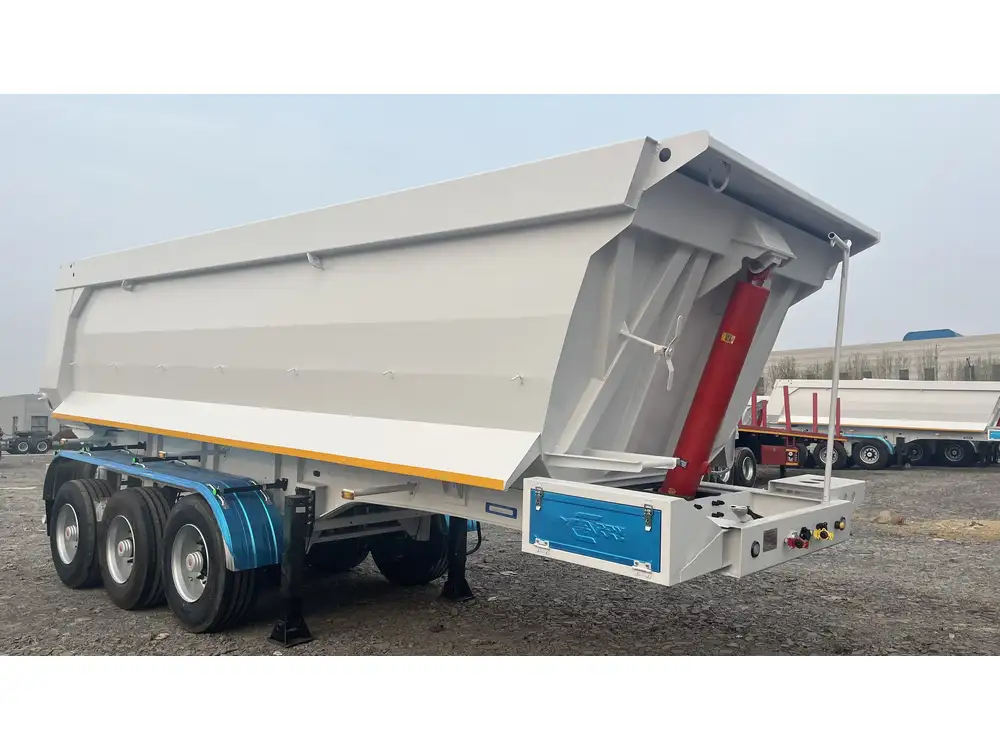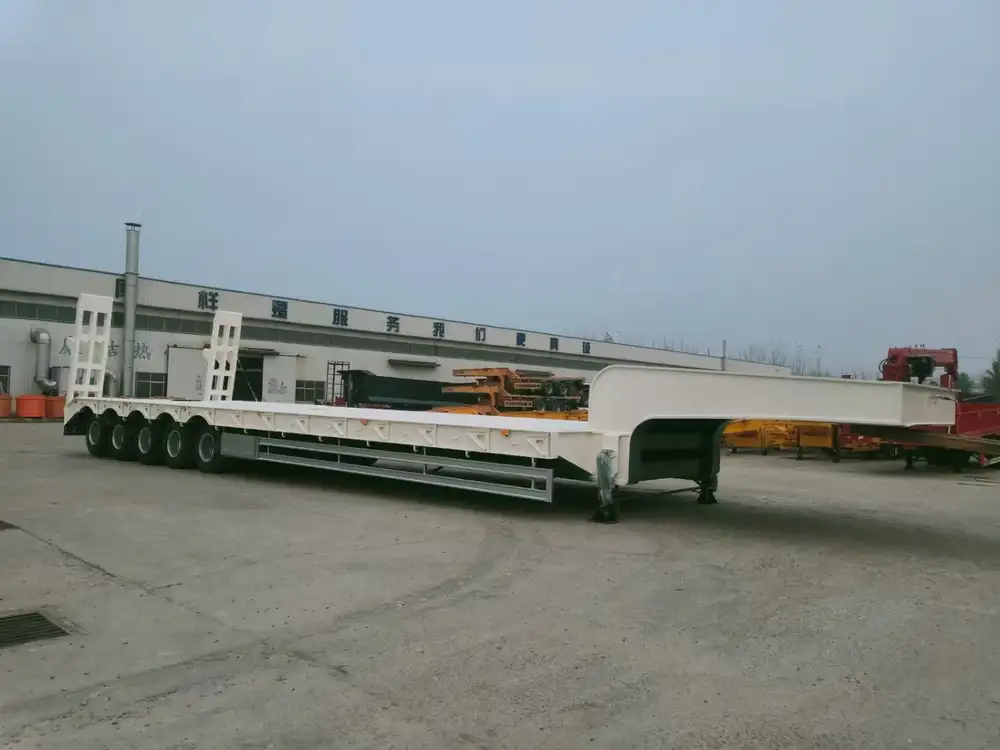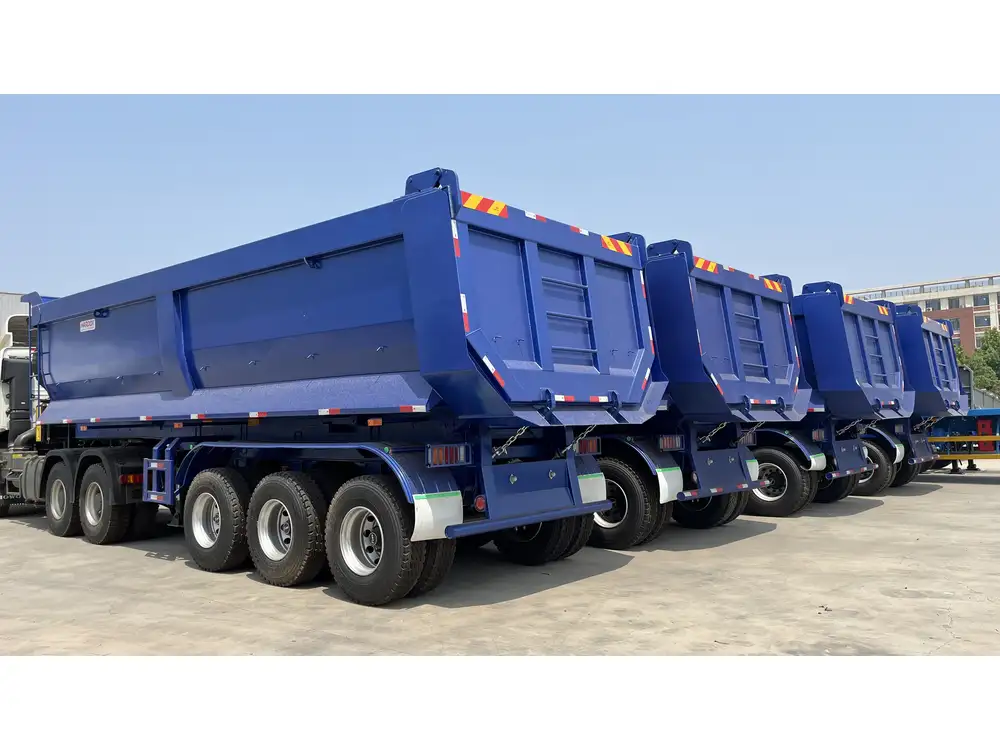The importance of maintaining semi-trailer equipment cannot be overstated, and among the critical components that require regular inspection and timely repairs is the air hose system, particularly on trailer rims. With the demands of the road, the resilience of your semi-trailer relies heavily on a well-functioning air system that ensures safe operation and optimal performance. Understanding how to repair the air hose on rims is essential for fleet operators, drivers, and technicians. In this guide, we will break down the process into actionable steps while addressing common issues, providing preventative maintenance tips, and ensuring you are equipped with all necessary knowledge for effective repairs.
Understanding the Air Hose System in Semi-Trailers
Before delving into repair techniques, let’s dissect the air hose system.
Components of the Air Hose System
- Air Tank: Stores compressed air that powers the braking system.
- Air Hoses: These connect the air tank to the brakes and other components, varying in size and design based on trailer specifications.
- Brake Chambers: Utilize air pressure to engage the braking mechanism.
- Valves and Fittings: Essential for controlling air flow and connecting components securely.
The effectiveness of these components relies on the integrity of the air hoses. Damage can lead to air leaks, compromised braking systems, and increased wear on other components.

Common Problems with Air Hoses
- Wear and Tear: Frequent movement, exposure to elements, and temperature changes can weaken hoses.
- Cracks and Cuts: Physical damage may result from road debris or improper handling.
- Loose Connections: Over time, fittings may become loose, leading to air loss.
Tools and Materials Needed for Repair
To efficiently repair an air hose on a semi-trailer rim, consider the following tools and materials:
| Tool / Material | Purpose |
|---|---|
| Air hose cutter | For cutting damaged hoses |
| Replacement hoses | To replace old or damaged hoses |
| Hose clamps | To secure connections |
| Wrenches | For tightening fittings and connections |
| Lubricant | To ease installation of fittings |
| Safety goggles | For eye protection during repair |
| Gloves | To protect hands during repairs |
Step-by-Step Guide to Repairing Air Hose on Rims

Step 1: Inspect the Air Hoses
Regular inspections can help identify potential issues before they escalate. Check for:
- Physical damage such as cuts, abrasions, or swelling.
- Signs of wear, including fraying or cracking.
- Secure connections at fittings.
Step 2: Isolate the Air Supply
Before repairs begin, it’s vital to de-pressurize the system:
- Locate the emergency valve and open it to let air escape.
- Disconnect the bracelet from the air tank carefully.
Step 3: Remove the Damaged Hose
- Using a wrench, loosen the hose clamps that secure the damaged hose.
- Gently pull the hose away from its fittings.
- Use an air hose cutter to neatly sever the hose in case of extensive damage.

Step 4: Measure and Cut the Replacement Hose
- Measure the length needed for the new hose and cut it with an air hose cutter.
- Ensure that the inner diameter matches the original to maintain pressure.
Step 5: Attach the Replacement Hose
- Insert one end of the new hose into the fitting on the rim.
- Secure with a hose clamp, tightening it adequately without overdoing it.
- Repeat the process for the other end of the hose, connecting it to the air tank or relevant fittings.
Step 6: Re-pressurize and Test
- Once the new hose is securely connected, close the emergency valve.
- Slowly re-pressurize the air system by allowing air to flow back in.
- Examine connections for leaks using a soapy water solution – bubbles indicate air leaks, requiring tightening.

Step 7: Final Checks
- Ensure that all components are securely fastened.
- Perform a road test if feasible to ensure proper functioning.
Preventative Maintenance Tips for Air Hoses
To prolong the life of your air hoses and avoid future repairs:
Regular Inspections: Implement a routine inspection schedule. Use a checklist and include visual inspections before and after long hauls.
Protective Covering: Consider using protective sleeves or covers during harsh weather or when on the road to minimize exposure to potential damage.
Avoid Excessive Flexing: When routing air hoses, avoid sharp bends and protect them from being pinched or chafed against other components.
Keep Clean Connections: Regularly clean and check fittings to ensure they are clear of corrosion and debris that can affect secure air connections.
Check for Low Pressure: Regularly monitor the pressure within the air system to identify leaks early. A sudden drop in pressure can indicate wear or damage somewhere in the air supply line.
Troubleshooting Common Issues
Even with preventive maintenance, issues can arise. Here’s a troubleshooting guide for common air hose issues:

1. Issue: Air Loss
- Cause: Damaged hose or loose fittings.
- Solution: Perform a thorough inspection, tighten or replace as needed.
2. Issue: Brake Performance Problems
- Cause: Blocked hoses or low air pressure.
- Solution: Check hoses for blockages and ensure the air system is fully charged.
3. Issue: Unusual Noises
- Cause: Air leaks or vibrations.
- Solution: Identify the source of the sound and investigate for potential leaks or loose fittings.

Conclusion
Mastering the art of repairing air hoses on semi-trailer rims is essential not only for maintaining the integrity of the braking system but also for ensuring overall safety on the road. By following the step-by-step repair guide, incorporating regular maintenance practices, and understanding common issues, operators can significantly reduce repair costs and enhance the longevity of their fleet.
Knowledge is key—having a thorough comprehension of how to repair these essential components equips you to tackle challenges proactively, promoting a safer, more efficient operation. With diligence and regular attention, the air system can continue to function optimally, allowing your fleet to traverse the highways with confidence.
Incorporate these practices into your maintenance program, and watch your operational efficiency soar!



